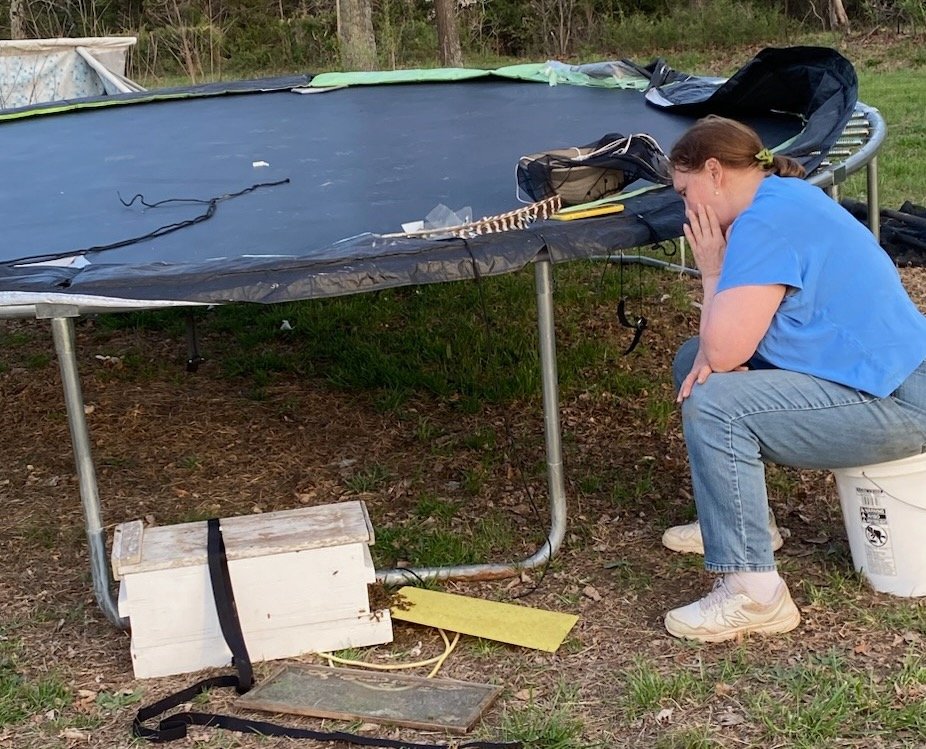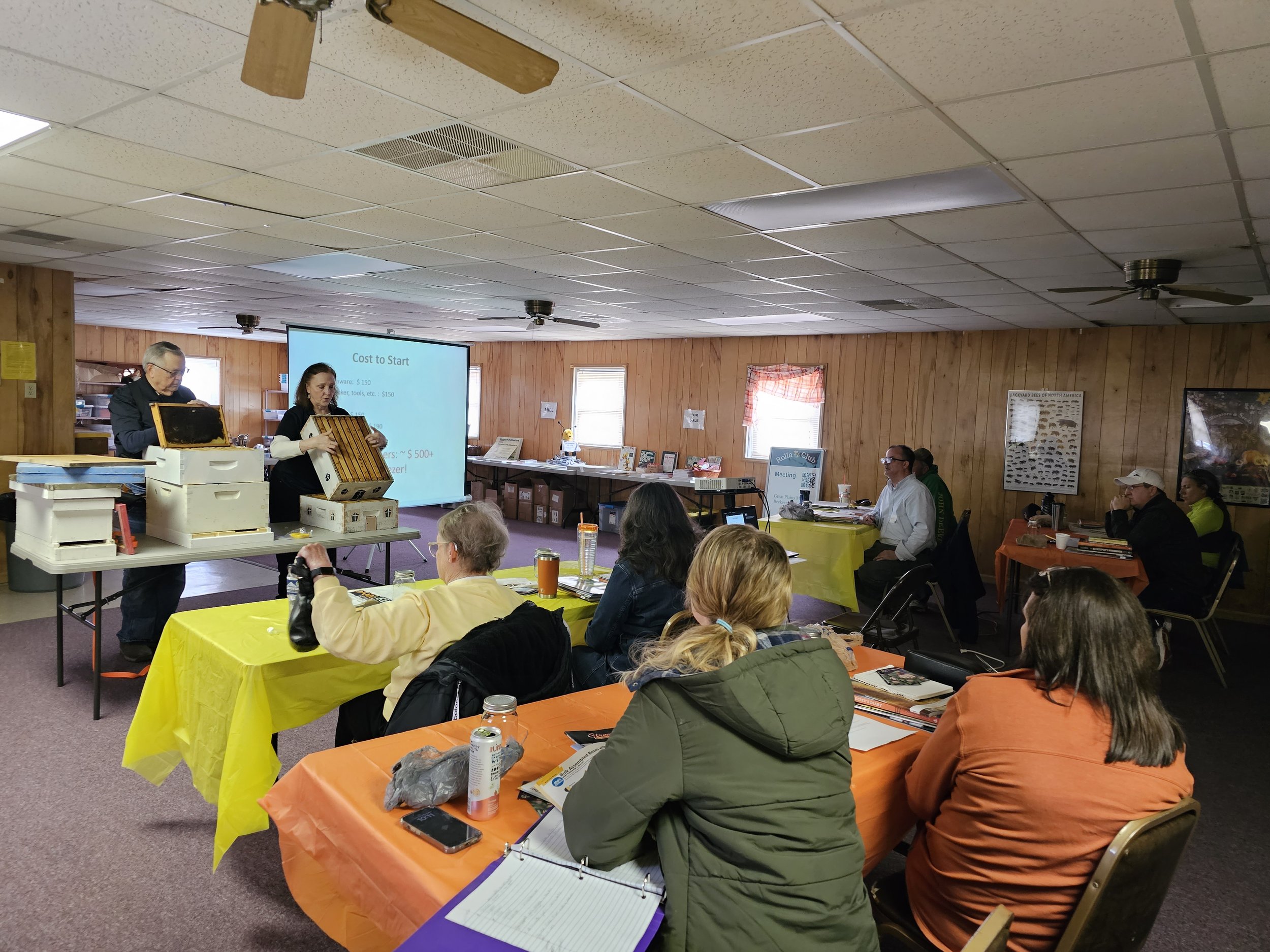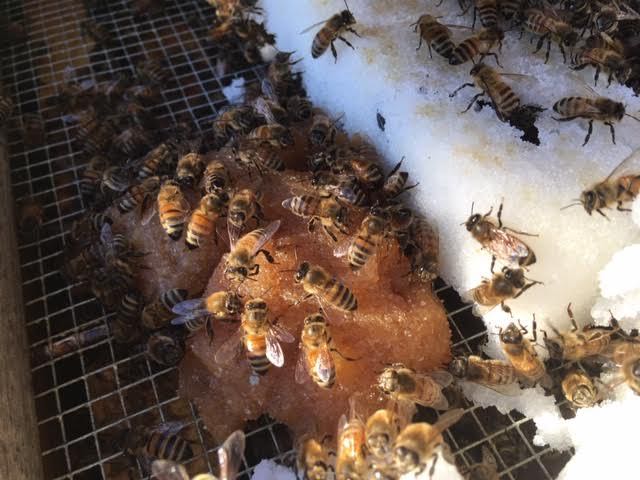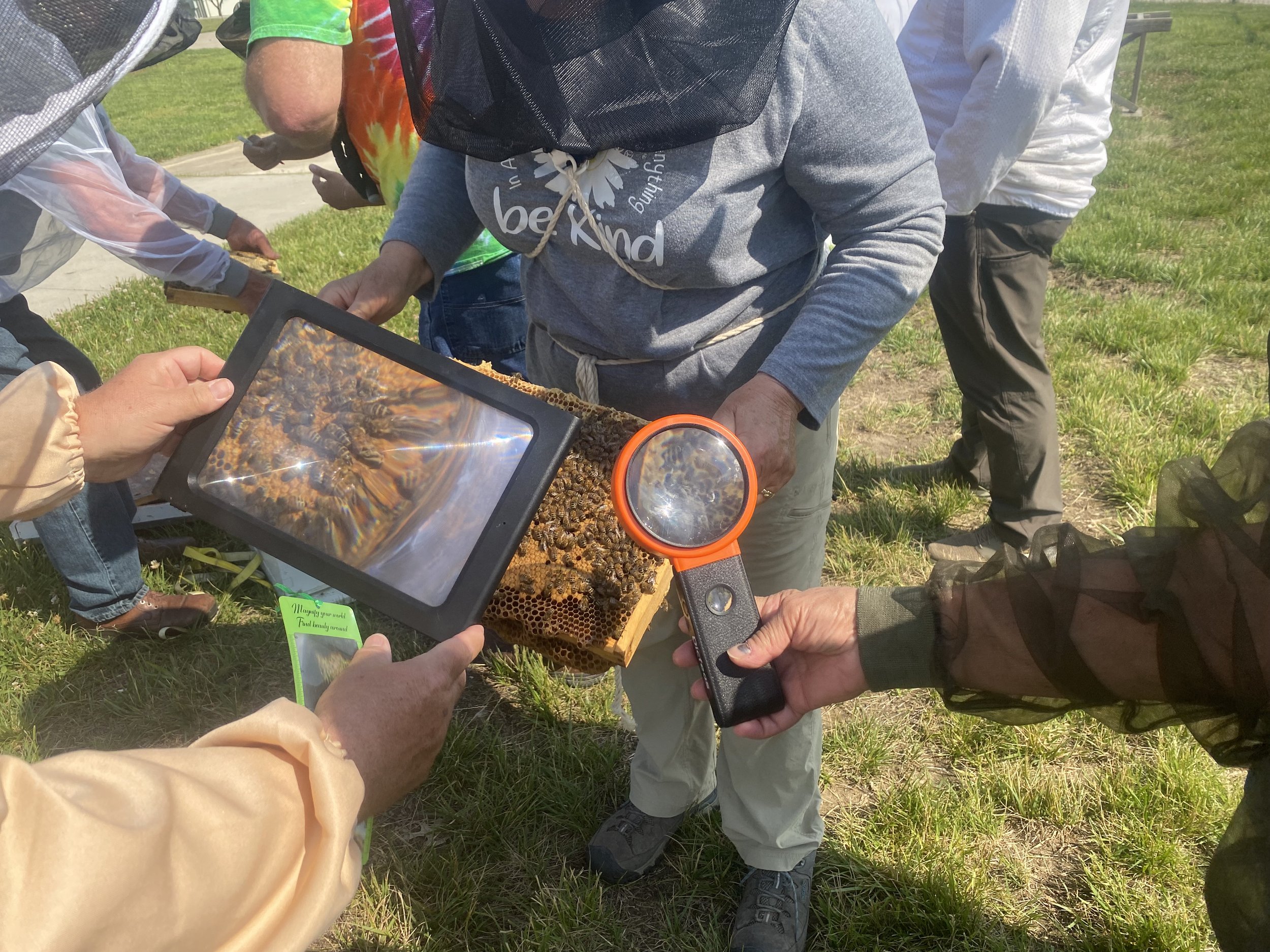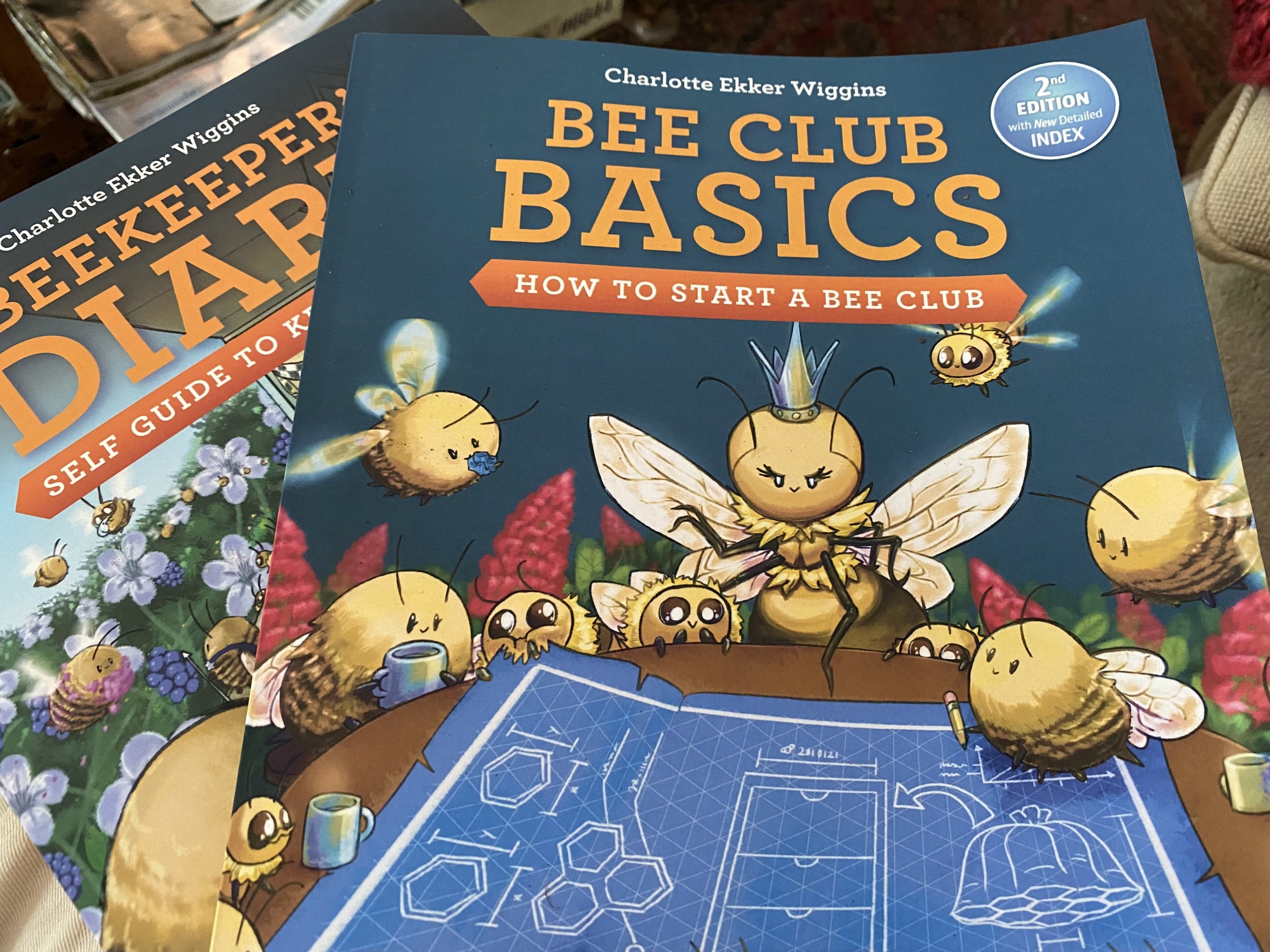February Beekeeping Chores
/Time to get my beekeeping equipment inventoried and order what I will need for this year. (Photo by Charlotte Ekker Wiggins)
February Beekeeping Chores
One of my recent orders was for one of our buzzing bee toys, an item so anticipated that the Dad called me today to ask when would it ship. He said “my son can hardly wait to get it!”
I know the feeling. Even as a beekeeper for 11 years, I also anxiously await for the arrival of my new beekeeping equipment. First, though, I have to figure out what I need. This is actually a chore I try to get done in January but since I’m behind, I’m keeping it on my February list.
Check my colonies for where the clusters are located. Add sugar cakes for supplemental food.
Inventory all existing beekeeping equipment. Separate items that need repairs. Make a list of items I expect I will need.
Place my beekeeping equipment order.
Repair those items that need repairs.
Organize my equipment so I have all similar items together.
Replace used foundation with new foundation.
Order queens bees. I want to add Varroa Sensitive Saskatraz queen bees to my apiary gene pool so I have those on order. They should be shipping in April, when, weather permitting, I plan to make splits.
Paint my woodenware. I didn’t get around to painting my nucs last year so this should be their lucky year.
Scope out garden locations for temporary housing of nucs and hives from swarms. Last year I ran out of space and was scrambling.
Catch up on reading; I’m behind there, too.











